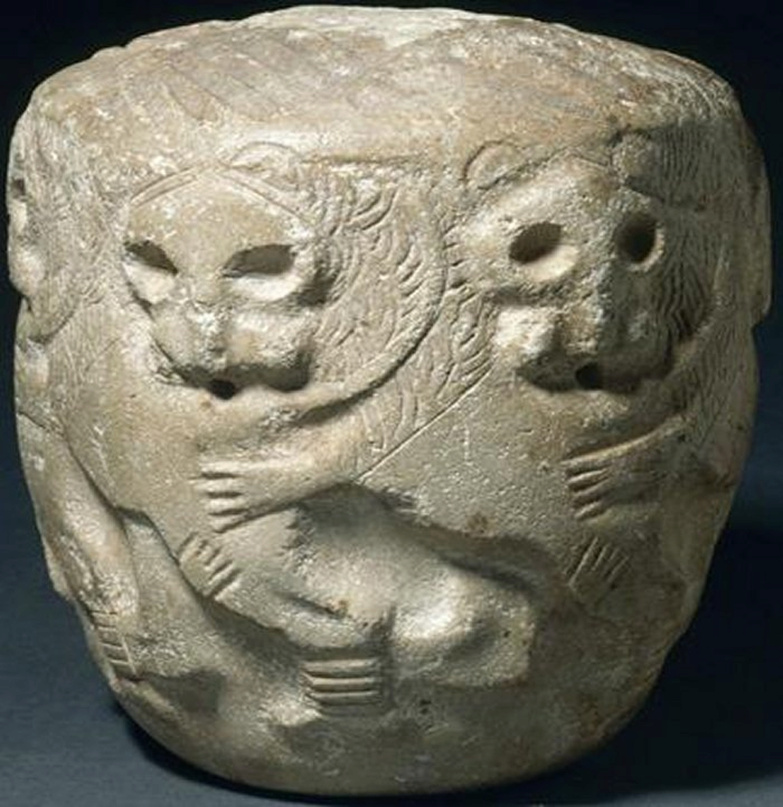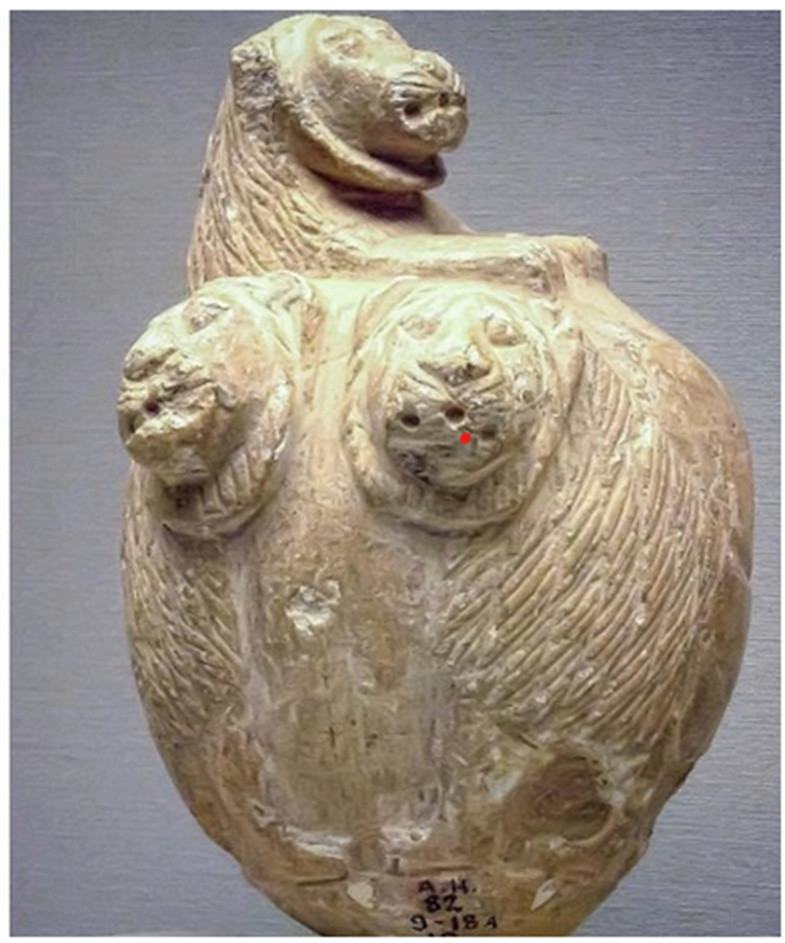‘Stone Club Head Of Mesilim’ Probably The Most Powerful Sumerian Ruler At That Time

A. Sutherland - AncientPages.com - In 1881, an intriguing artifact known as the "stone club head of Mesilim" was unearthed at Tall Luh (Tello) site, covering the ruins of the Sumerian city of Girsu.
The artifact is covered with an inscription of Mesilim, king of the Sumerian city of Kish, and the inscription informs in the archaic script:
This mace-head depicts a lion-headed eagle, symbol of Ningirsu the patron god of Lagash and Girsu, Sumer. Image credit: Wikipedia Commons
"Mesilim, king of Kish, builder of the temple of Ningirsu, brought [this mace head] for Ningirsu, Lugalshaengur [being] prince of Lagash."

Sumerian king of Kish, Mesilim, who ruled during the Early Dynastic III" period (c. 2500–2330 BC), was one of the earliest historical figures of Sumer. His existence and involvement in arbitration work to settle a dispute between the city-state of Lagash and neighboring Umma and set a new frontier between these two cities was confirmed by votive inscriptions from Lagash and Umma.
The limestone head is 19 cm high (7.5 in) and 16 cm (6.3 in) in diameter and has its upper surface decorated with a mythical bird Anzu, in the form of a lion-headed eagle, a symbol of the storm cloud and emblem of Ningirsu, guardian of the city's wealth. Anzu clutches in its talons six rearing lions.
Left: Stone mace head 2400bc Lagash. Source; Right: Stone Mace Head, Sippar 2500 BC. British Museum, London
Left: Stone mace head 2400 BC Lagash. Source; Right: Stone Mace Head, Sippar 2500 BC. British Museum, London

The six lions accompany the bird Anzu, which represents a symbol of Ningirsu, the god of the welfare of the city Girsu. Its depictions were found on many other monuments from the Sumerian city, such as a tripod silver vase dedicated by Entemena, king of Lagash, to god Ningirsu or a votive plaque dedicated to Dudu, Ningirsu's high priest.
In Mesopotamia, soldiers used spears, bows and arrows, daggers, maces, and shields to fight off invading armies and wage war against neighboring city-states.
The mace appeared at the end of the fourth millennium BC and was a weapon of war and a symbol of power. It was a type of club or virge that used a heavy head on the end of a handle to deliver powerful blows.
Usually made of metal or stone, mace heads have been unearthed in Sumerian temples. This weapon was used worldwide in prehistory, antiquity, the Middle Ages, and even the Modern Era.
The "Stone Club Head Of Mesilim" is stored in the Louvre Museum today.

Written by – A. Sutherland AncientPages.com Staff Writer
Source: websites

